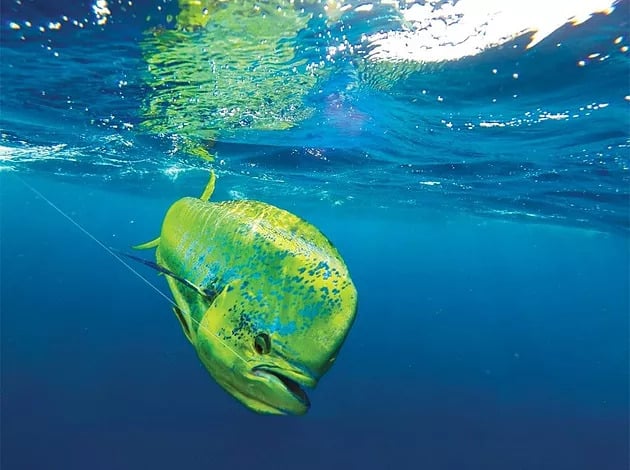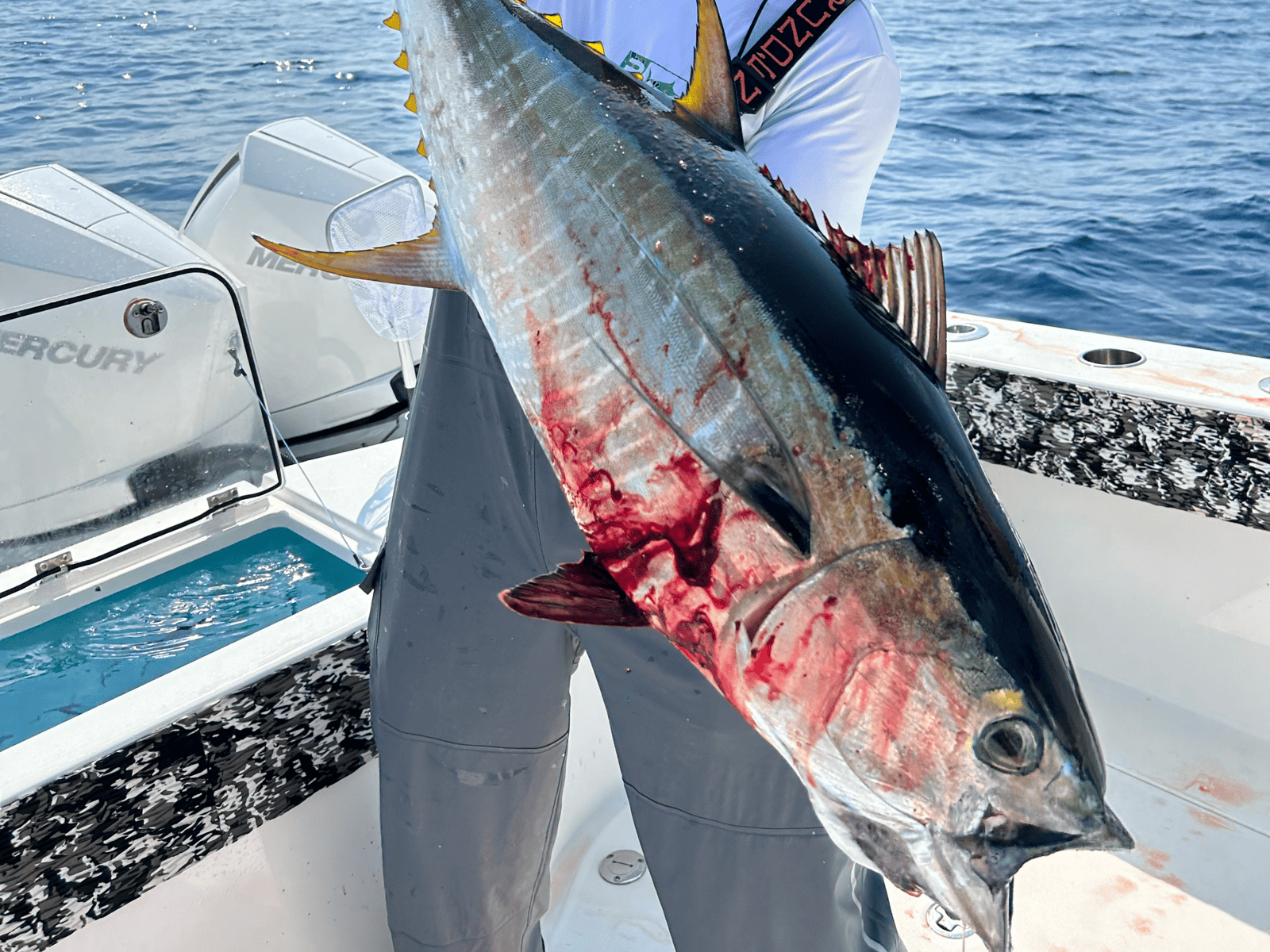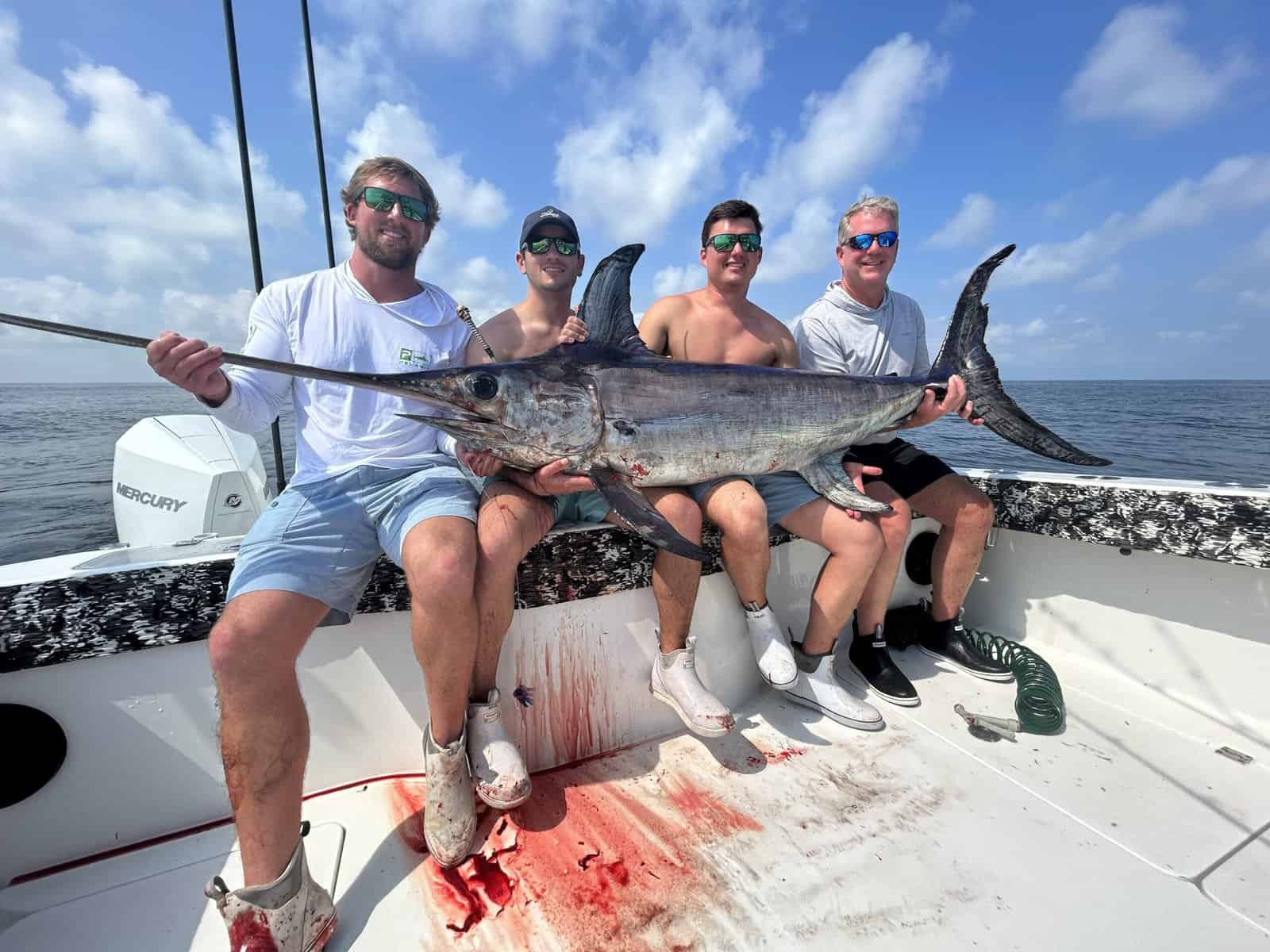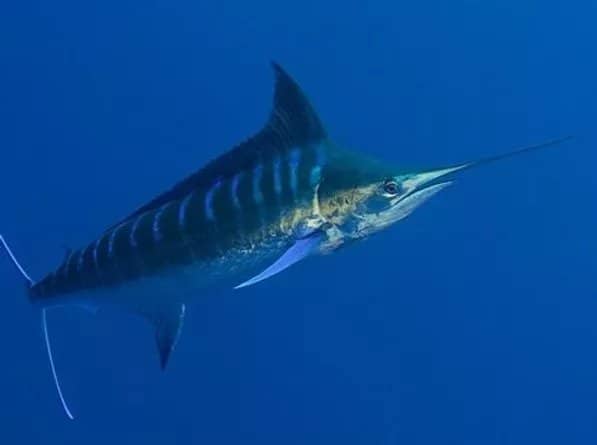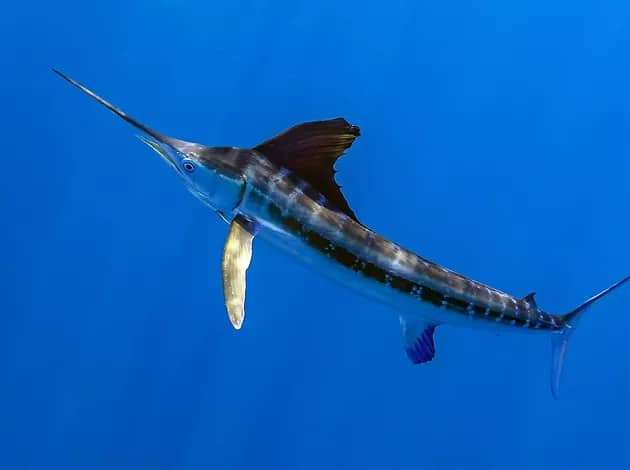What We'll BE Fishing
Target Species
Mahi Mahi is a surface-dwelling ray-finned fish found in off-shore temperate, tropical, and subtropical waters worldwide.
Learn MoreA tuna is a saltwater fish that belongs to the tribe Thunnini, a subgrouping of the Scombridae (mackerel) family.
Learn MoreSwordfish are vigorous, powerful fighters. Their bodies are elongated, round-bodied, and lose all teeth and scales by adulthood.
Learn MoreThe Blue Marlin is a highly sought after game fish. Blue marlin, like other billfish, can rapidly change color, an effect created by pigment-containing iridophores and light-reflecting skin cells.
Learn MoreWhite Marlin is a species of billfish that lives in the epipelagic zone of the tropical and subtropical Atlantic Ocean.
Learn MoreWahoo is a scombrid fish found worldwide in tropical and subtropical seas. It is best known to sports fishermen, as its speed and high-quality flesh makes it a prized and valued game fish.
Learn More
